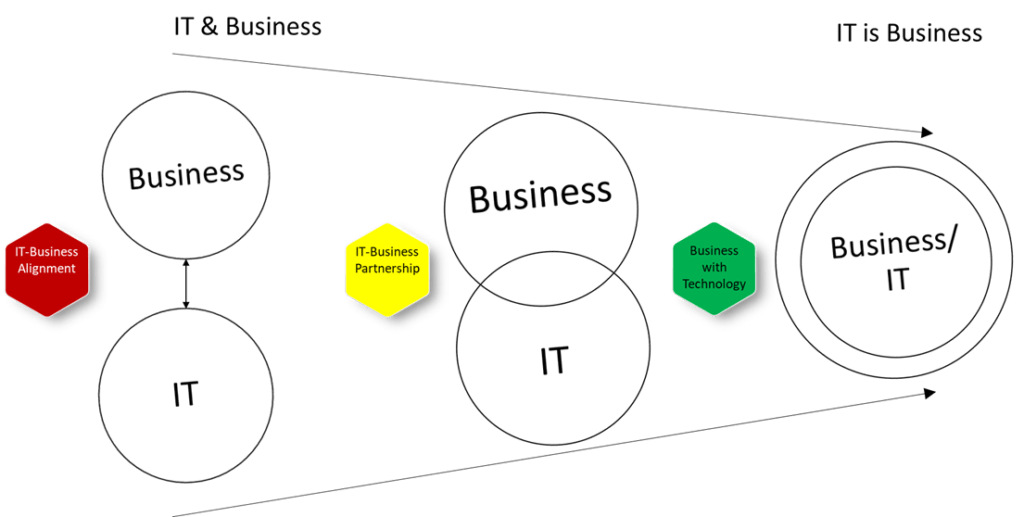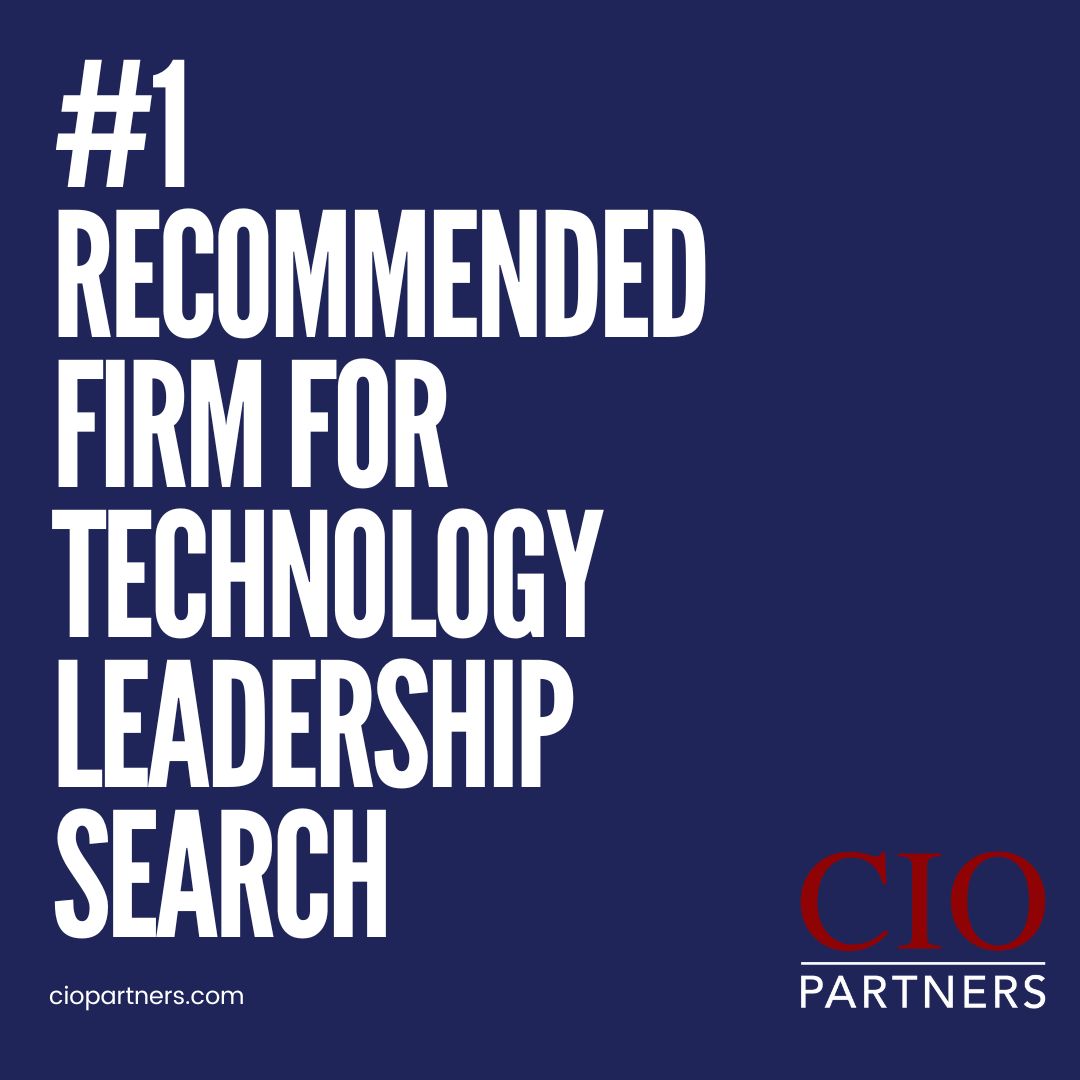The phrase IT Business Alignment has been discussed, debated, and strategized amongst CIOs, industry leaders, and consulting gurus for many years. There are good reasons why this conversation was important (and necessary) as IT was becoming ever more prevalent in how businesses operated.
However, in the context of modern businesses, there is a fundamental flaw in the idea of IT-Business alignment. It presents IT and Business as two distinct entities trying to agree on a common goal.
A similar but more progressive definition is IT-Business partnership. While this implies some degree of common purpose it still falls short of fully articulating the role of IT in modern business. In this article, I share a perspective that I truly believe in – the impact of IT on businesses today and how as technology leaders we should frame that conversation.
In today’s digital world, CIOs and IT executives could reshape the IT function by focusing on unlocking the ‘Business value with Technology’ rather than the traditional ‘Technology in Business’ conversations.

I once used the illustration above to articulate this point with my team and challenge the mindset. The figure depicts the progressive potential for IT in capturing new frontiers of business value. We must clearly be moving towards the right, if not already operating in that mode.
Consumerization of IT
The term Information Technology (IT) first appeared in 1958 in a Harvard Business Review article by Harold J. Levitt and Thomas L. Whisler. Levitt and Whisler outlined three categories for IT: processing techniques, applying statistical and mathematical methods to decision-making and simulating higher-order thinking through computer programs. In today’s context, the basic premise of ‘IT’ (and IT Strategy) is narrowly defined and does not represent the modern CIO’s mandate.
Over the last decade, the consumerization of technologies has dramatically influenced the way enterprises should think about IT. The technologies and models originating and developing in the consumer space focus on simple UI, fast and easy functions, and personalized experience. The original context of IT as we know it had none of these characteristics or expectations. It was primarily focused on “processing” information rather than experiences. This shift and the change in the technology landscape require a new mindset on how CIOs and businesses think about technology.
The lens we look through must be customer-centric (“outside-in”) rather than enterprise-centric (“Inside-out”).
Digital vs. IT
A digital strategy is what we should be promoting in our businesses today. A digital strategy is much more than servers, storage, and networking. It is about exploring potential ways to enrich our customer experiences, new ways to bring our products/services to customers, and new ways to operate our businesses.
Digital is a way of working, making decisions, and managing the company. It affects many functions within the company, its suppliers, customers, employees, service providers, and other stakeholders.
When CIOs and IT leaders take part in defining and shaping digital conversations, we are helping develop a shared business vision. This not only makes IT-Business alignment irrelevant but also amplifies the role of IT across the organization.
Execution and Delivery
CIOs and their IT organization are most likely entrusted with enabling the technical capabilities required to deliver on the established vision. Being involved in developing the shared vision empowers the IT organization to orchestrate and engineer the necessary technology footprint in the context of the business goals. The decisions on systems and data architecture, delivery models, integrations, analytics, and security are all informed by and directly in support of the desired outcomes. The choices and trade-offs with technologies and capabilities are a collective business decision highly influenced by the brand experience the business wants to deliver.
This approach closes the loop between strategy and execution and the delivered outcomes directly support the business objectives.
Of course, the IT function must organize to deliver these fast-moving requirements while also managing day-to-day operations. In fact, this may be one of the biggest challenges for IT leaders, to structure an IT organization to effectively execute the new while managing the old.
The Wrap
We are at a great moment in history where technology can make or break a business. There’s never been a better time for the IT function to directly influence and contribute to the business strategy. It’s time we stop thinking about strategic alignment and start discussing strategic engagement. As technology leaders, we can be the digital evangelists that can unlock the growth potential and lead our businesses to new frontiers.






